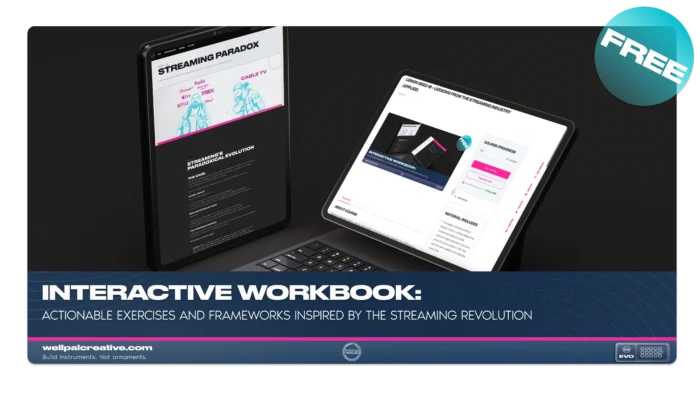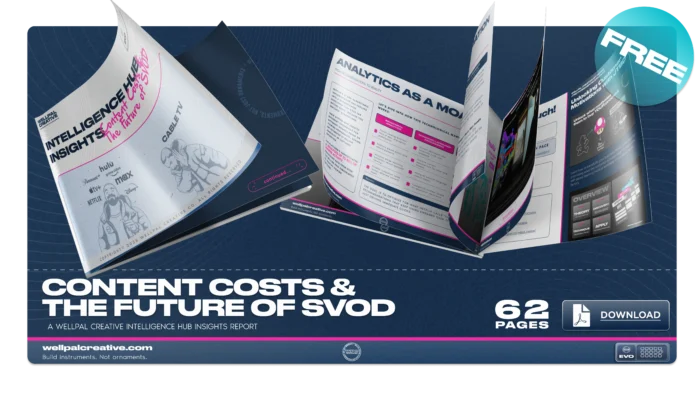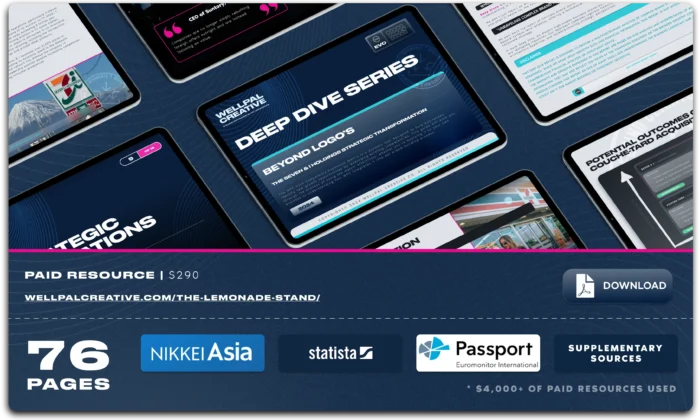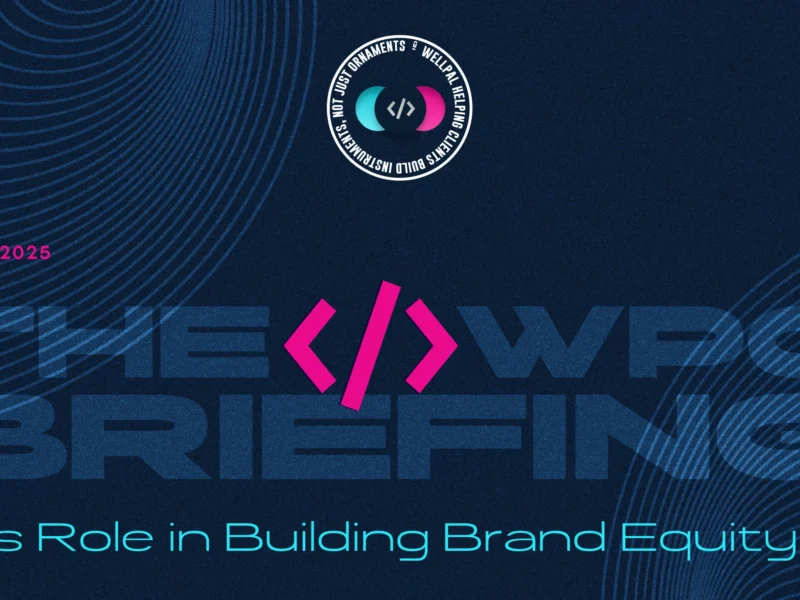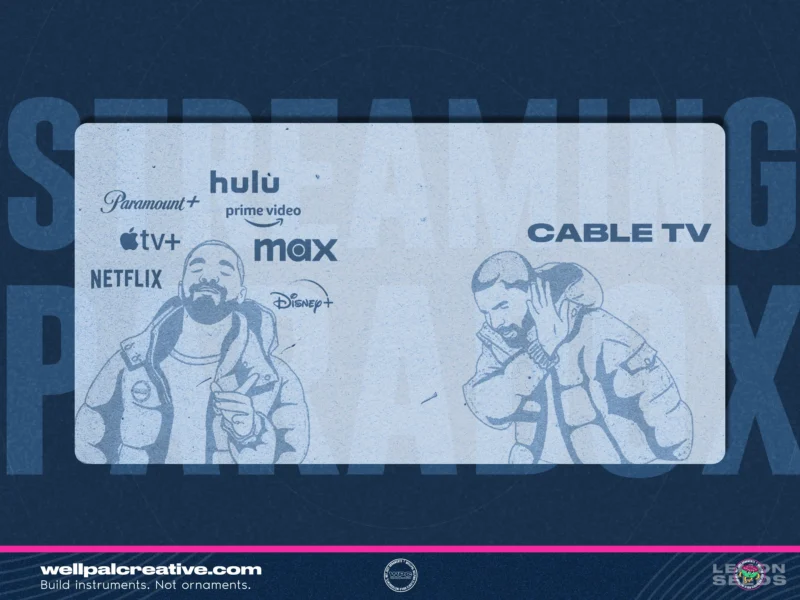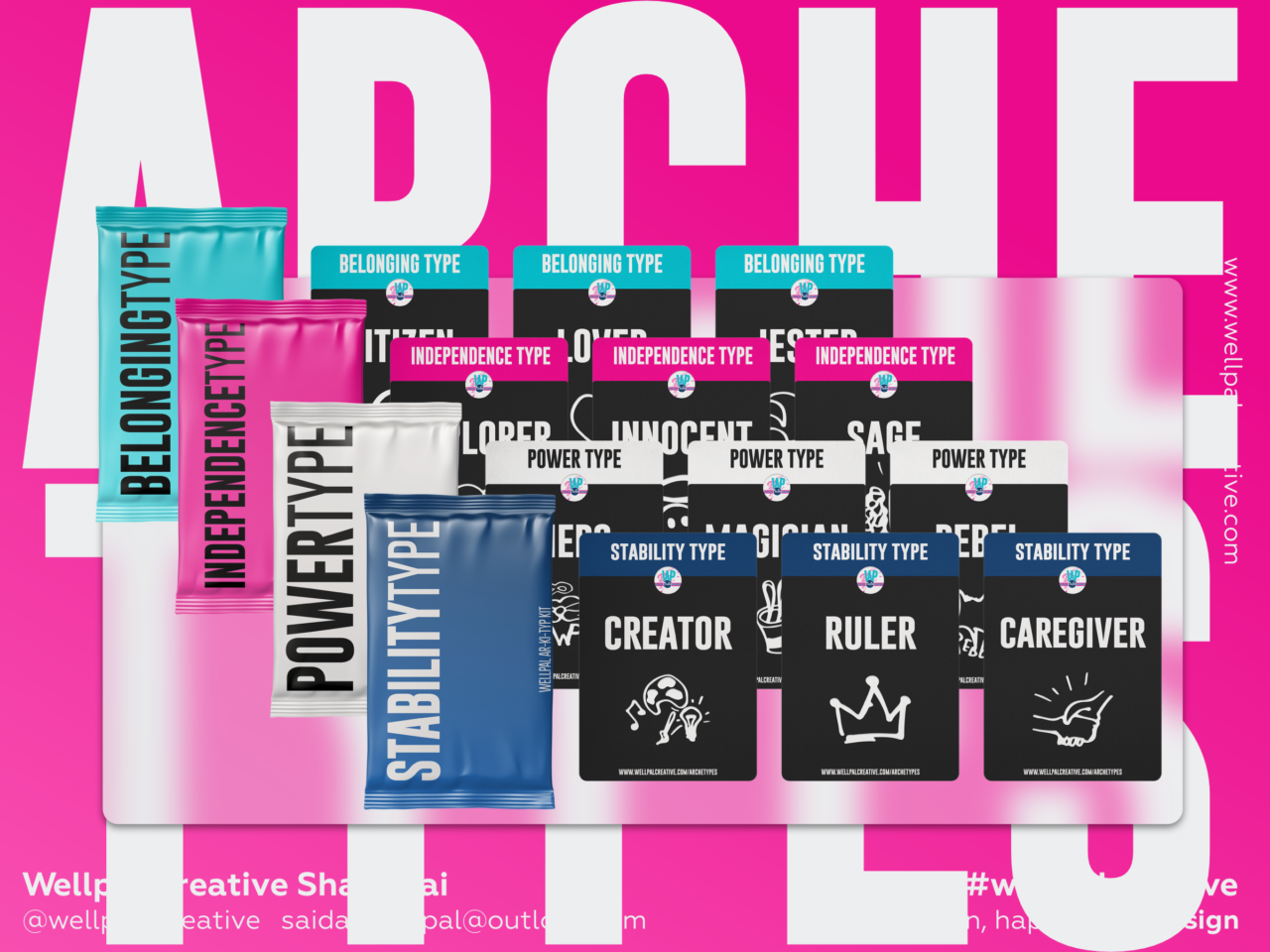COPYRIGHT © 2025 WELLPAL CREATIVE
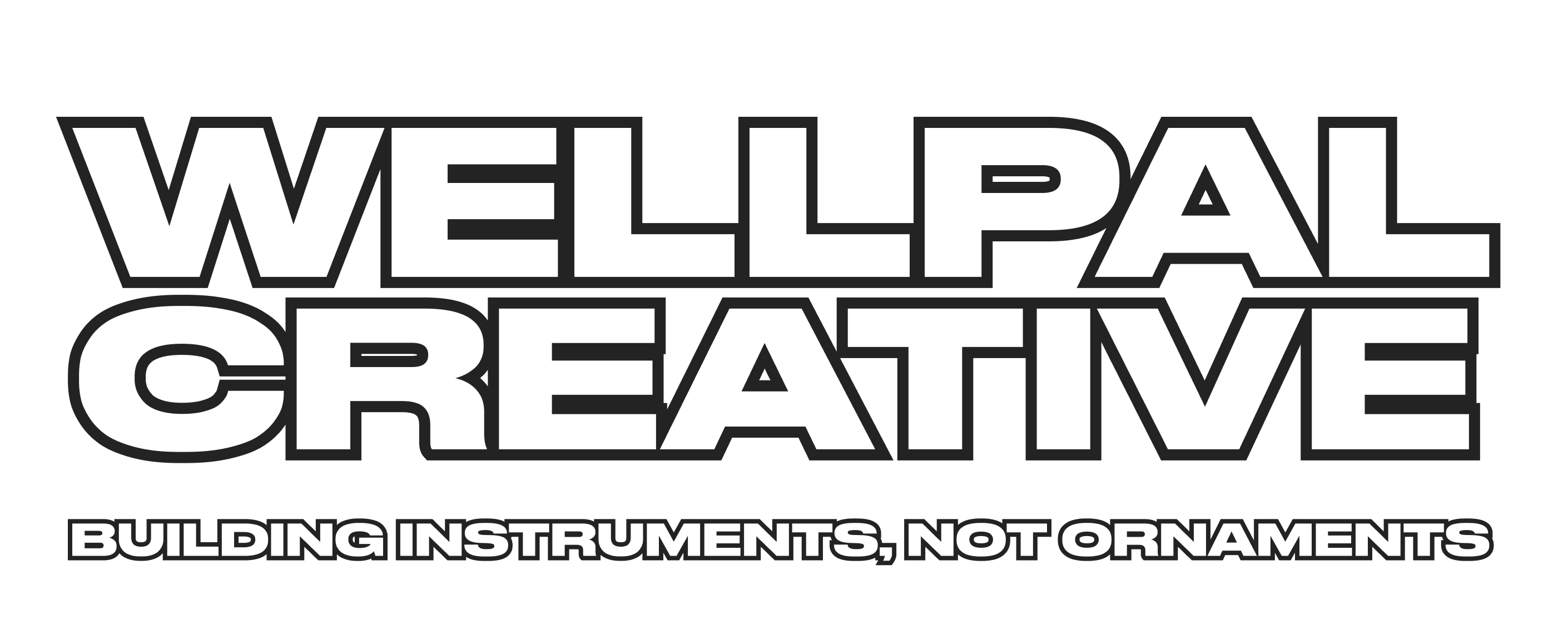
“Build Instruments. Not Ornaments”
Featured
-
Couche-Tard Acquisition Strategy - Deep Dive Report
$290.00Original price was: $290.00.$200.00Current price is: $200.00.
Recent Lemon Seeds
Copyright © 2025|2026 WellPal Creative
You should care about what shapes your brand
Brand archetypes: Humanizing brands in an interconnected world.
A hero, rebel, and lover walk into your bar, which one would you like to chat and have a drink with?
You get where I’m going with this? If not yet, it’s ok. We’ll get there.
There is a certain type of complexity in the simplicity of building brands and their identity. Very much like the people. This is where for most the link between brand archetypes and brand identity is easy to see. They function as the ideal tool to humanize a brand.
Doing this makes it very powerful for building strong brand identities that resonate with your target audience. Nowadays people don’t really buy into brands, They join brands. This has actually always been the case, but over the years it has grown stronger. In my opinion, this has something to do with the psychological side effect of an overly connected world with an abundance of free information; people fall back to their primal tribal desires.
The tone & voice of your brand (think the marketing side of a brand) becomes much stronger and clear when there is an actual organically growing identity behind it to back it up. People want to be able to relate to a brand and see how it can “complete” their life.
Let’s say you’re fine with not caring about that and are ok with throwing buckets of money on marketing, hoping something will stick, or a PR agency to magically pull your brand identity out of thin air when mediating your next crisis.
There is also the benefit of using this tool for the backend of brands; employees, culture, leadership, and all other stakeholders. They also benefit from humanizing a brand through tools like archetyping, as they are just like consumers; people. This is what we tend to overlook when building brands. It’s not the visual identity components (logo, color, ..) in isolation that will make you look legit. It’s a holistic symbiotic organism that needs to be designed for long-term equity building.
Pay is 1 driver but it’s increasingly becoming a lesser one. True company culture (not the theatrics some put up) and leadership build lasting teams and retain talent.
The thing is, if you don’t design your brand identity and what you stand for, the market will do it for you. To add a bit of catch-22 dilemma on top of that, even if you do design it, they will still decide if they accept you for that.
See now a bit more how this is so very similar to human behavior?
Read further as we’ll briefly break down the 4 main packs and their respective 3 archetypes.
Who runs the pack?
There are many readings and literature out on the topic of brand archetypes; google can be your friend. Reading them will give you good first principles about the use of this tool. Apply years of studying and applying it and you’ll scratch the surface of its complexity and versatility.
That said. Let’s take a birds-eye view of the 4 packs.
If you’re looking for more details about each individual archetype, you can check out our “Ar-Ki-Typ Kit” where I’ll be building out each profile individually as well as a paid membership access to a more interactive page for use in Miro.
Sign up if you want to stay up-to-date on new releases.
“Identity shapes value and value shapes equity”.
– Sai
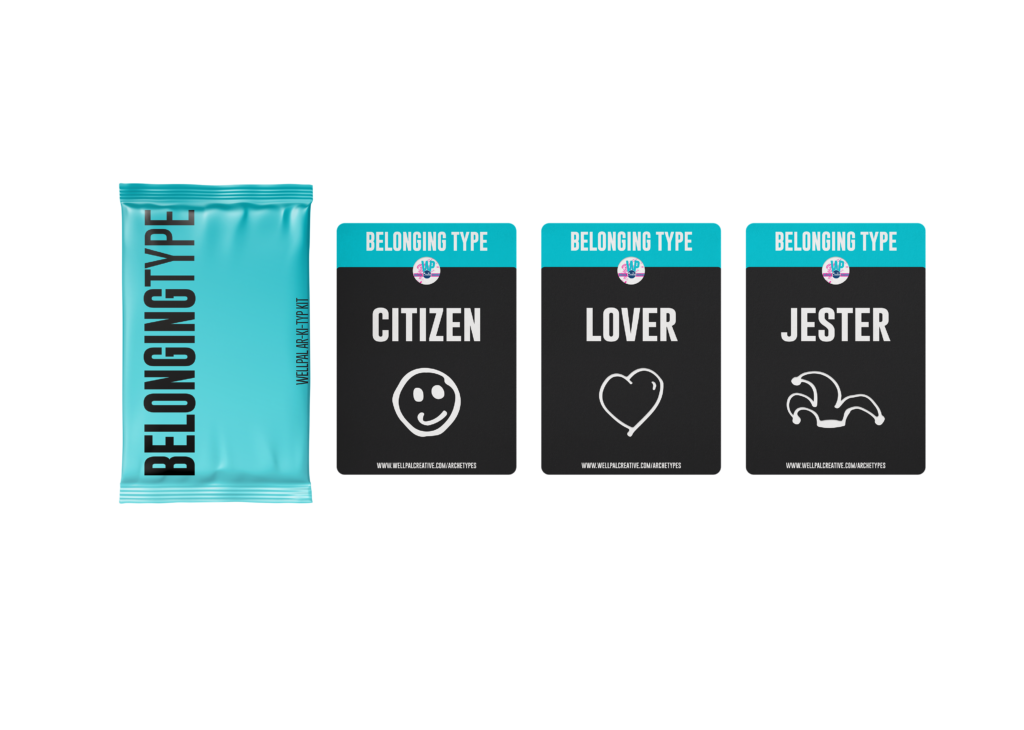
These yearning archetypes make up the “Belonging Type” pack. They provide a structure built around the “primal urge” to connect and interact with others to find our sense of belonging.
All three archetypes emphasize others over self and belonging over autonomy.
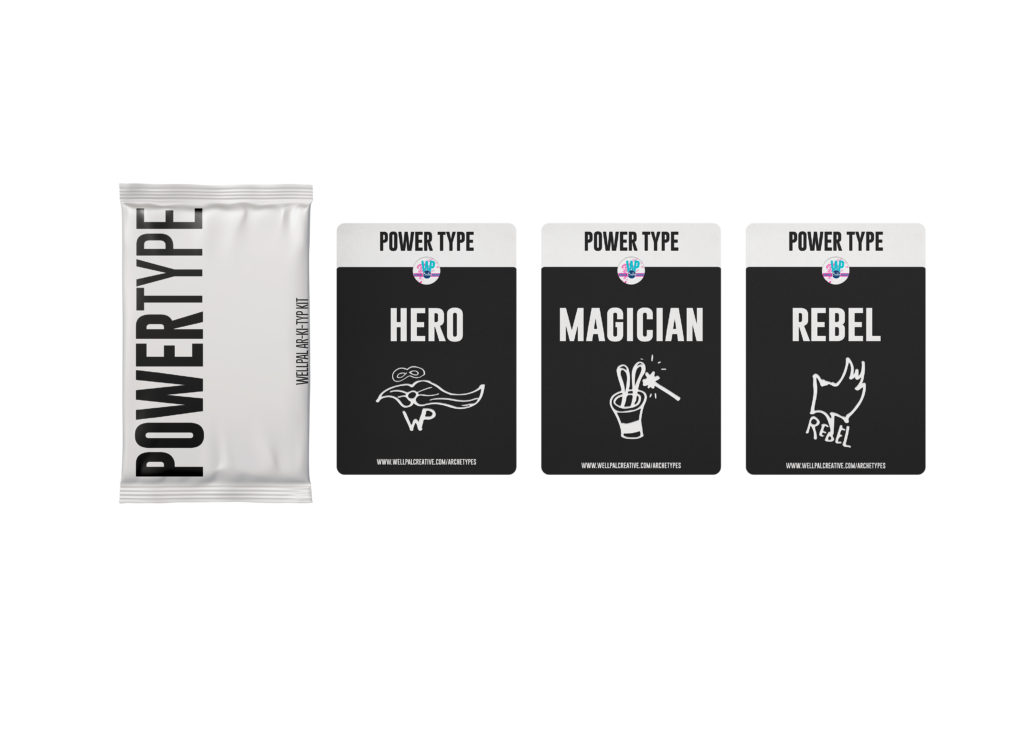
These powerful archetypes make up the “Power Type” pack. They provide a structure build around “change”, which can release the ability of ordinary people to rise to challenges, take risks, break rules, and transform their lives. Their goal is to leave a mark in the world and be assertive in doing so.

These structural archetypes make up the “Stability Type” pack. They find satisfaction in environments that seem stable.
They instruct us on how to preserve order and stability and how to reconcile our desires for consistency with change.
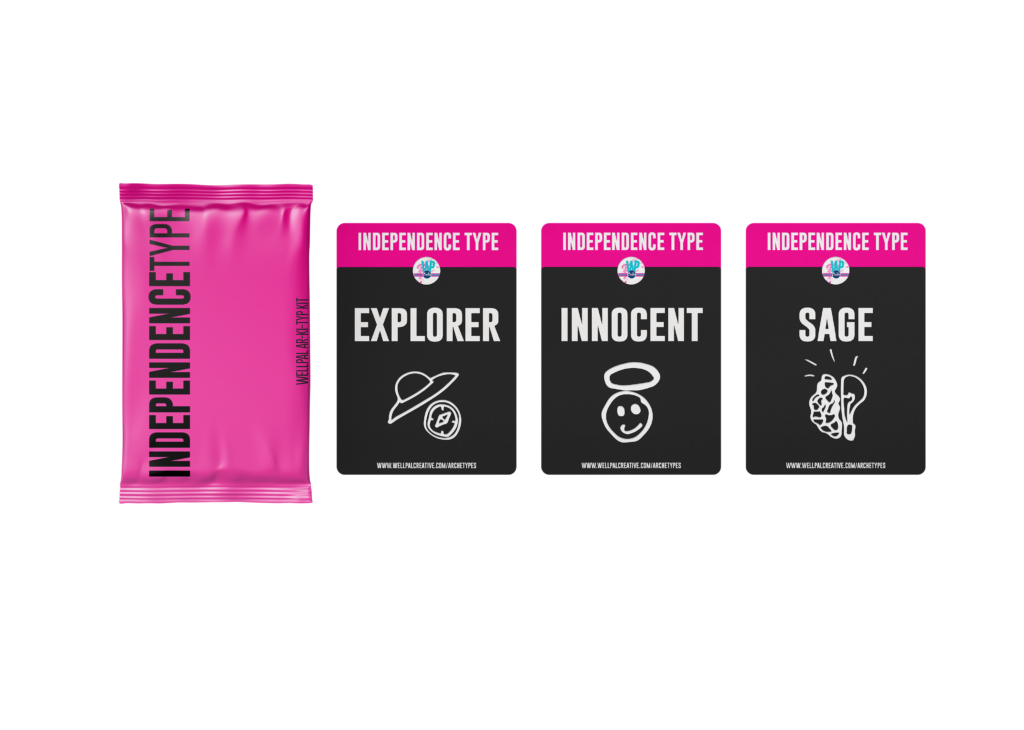
These yearning archetypes make up the “Independence Type” pack. They provide a structure built around “fulfillment”, each going about it in their own way.
All three archetypes emphasize self over others and autonomy over belonging.
do they even care about all this hocus-pocus around a magician?
Many brands we know to have a strong brand identity nowadays, didn’t necessarily start out this way nor did they actively sit around a table to discuss if they’re a “magician” or “lover”.
As mentioned earlier it is an organically growing part of the identity; Personality that is.
The customer might not go out and say hmm I only join “Ruler” brands perse, but the traits and values associated with that archetype and the substance it creates for a brand identity are what will resonate and relate to the consumer if designed properly.
Some founders set out with a clear projection of their personality and values onto their brand and the brand identity takes shape (most cases). Phase 2 they grow a bit bigger and simply “acting like yourself” as a brand is outgrown. You have more people who are building it many of them you won’t even speak to but they all need some sort of unified alignment as to who they are representing.
As you can see this becomes more and more attractive for brand builders/strategists like me to use tools like archetyping when designing brand identities. It’s not a swiss army knife and it doesn’t have much value on its own. HOWEVER if designed as part of the entire brand business blueprint, it does.
MY 5 cents on using this tool in my process.
It should be noted that mastering this tool “unlocks” more than just humanizing a brand for its customers. It actually can be used for profiling a target audience and market as well, which helps with positioning products and services that are looking for a fit.
I personally prefer to work from assessing a target customer’s “struggle” or “pain point” and what “need” they are trying to solve. Understanding this defines to some extent your market. The next step is to “characterize” this customer type, for this, I use archetyping but apply a bit more of a “global identity” to them as this makes them a bit more current instead of “storytelling-like”. With each brand of my own or client brand, this process is different as it is a result of time and money as well as which stage of the brand-building process they are.
READ THIS if you’re looking to understand a bit more as to how business and brand need to be part of the same blueprint. They are my 5 curated rules to brand as a business.

Are you ready to start looking at building brands or expanding product categories/portfolios with business and not just visual identity in mind?



